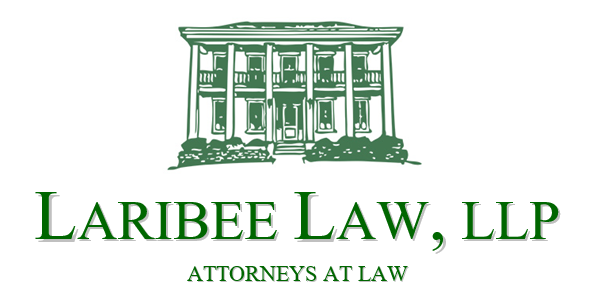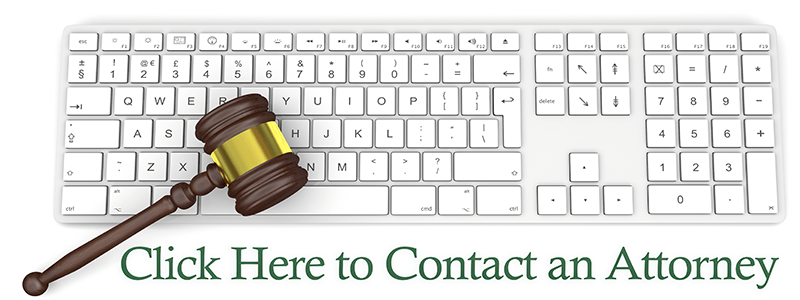Insolvent Estates - Who gets what?
Michael L. Laribee, Esq.
The laws governing the administration of estates in the State of Ohio are designed for the orderly collection of probate assets, payment of debts, and distribution to beneficiaries according to a decedent’s will.
These are a few common questions related to insolvent estates:
- What happens if an estate has more debts than assets?
- Do certain creditors have priority over others?
- Who gets paid and who doesn’t?
- What will the beneficiaries receive?
- Will the executor get paid for his services?
An insolvent estate is one whose assets are insufficient to pay its debts, taxes, and administrative expenses. If an executor determines that an estate is insolvent, he must follow a very precise order when paying debts.
The Ohio Revised Code 2117.25 establishes the following ten classes of claims and priorities which must be paid in the order listed:
The Ohio Revised Code 2117.25 establishes the following ten classes of claims and priorities which must be paid in the order listed:
1) Costs and expenses of administration. The expenses in the first category receive top priority and include all probate court fees, appraisal fees, and any court costs related to litigation in which the estate is involved. They also include fiduciary fees paid to the executor who is administering the estate and fees paid to the attorney representing the executor. By Ohio statute, fiduciaries are entitled to receive four percent of the first $100,000 of probate assets, three percent on the next $300,000, and two percent of all amounts over $400,000. Attorney fees are governed by state and local probate court rules and must be approved by the probate court.
(2) Funeral and cemetery expenses. This second category provides up to $4,000.00 for funeral expenses and up to $3,000.00 for burial and cemetery expenses. The funeral expenses must be reasonable based upon the amount of the estate and general customs. Estate creditors may challenge extravagant funeral expenses that limit their chance of recovery from the remaining estate assets. Burial and cemetery expenses are limited to the purchase of a right of interment (cemetery lot or mausoleum), monument markers, the outer burial container, the cost of opening and closing the place of interment, and the urn. Funeral expenses paid by the decedent prior to death are not included as they are not a debt of the estate.
(3) Family allowance. The third category provides for payment of a total of $40,000 in money or property to the surviving spouse or the decedent’s minor children. This priority is intended to provide necessary living expenses to the surviving spouse or minor children following the decedent’s death.
(4) Debts entitled to a preference under the laws of the United States. The fourth category includes the decedent’s debts owed to the federal government. The most common examples include delinquent income taxes, overpayments of social security, veteran, or federal retirement programs, and non-payment of federal agency loans.
(5) Expenses of the last sickness of the decedent. While this fifth category is not limited to a specific time period, Ohio courts general include those medical expenses related to the illness which terminated a patient's death. Expenses incurred through a protracted illness may not qualify for this priority unless the decedent received medical treatment when he could no longer carry on his normal affairs or is bedridden.
(6) Funeral expenses ($4,001 to $6,000). This sixth category involves funeral expenses again. If the total funeral expenses exceed $4,000 in the second category above, then the funeral director can receive up to $2,000 more toward the decedent’s funeral bill in this category.
(7) Nursing home expenses. This category includes expenses of the decedent’s last continuous stay in a nursing home, residential facility, or hospital long-care unit which includes up to thirty consecutive days during which the decedent was temporarily absent from the facility.
(8) Obligations to the State of Ohio. This eighth category includes personal property taxes, claims made under the Medicaid estate recovery program, and any obligations for which the decedent was personally liable to the state.
(9) Debts for manual labor. The ninth category includes up to $300 owed to any one laborer for services performed for the decedent within twelve months preceding the decedent's death. An example is debt owed to a contractor for work performed at the decedent’s home before death.
(10) Other debts. This last category serves as the “catch-all” and includes all other debts that do not qualify for the first nine categories. It also includes any part of the funeral bill that exceeds $6,000 and any part of any manual laborer’s claim that exceeds $300.
In the state of Ohio, the law is very clear that payments must be made in the specific order listed. No payments may be made to creditors of one class until all those of the preceding class are fully paid. If the assets are insufficient to pay all the claims of one class, then the creditors of that class must be paid ratably. It is important to note that if an executor disregards the order of priority and pays one creditor more than the allowed share, then other creditors may be entitled to recover the debt directly from the executor.
And what about the beneficiaries listed in the will? Unfortunately, insolvency means that they receive nothing unless they have a priority claim that falls within the ten listed categories.
The good news is that beneficiaries will not inherit the decedent’s debt, unless they have personally agreed to pay it. Before you become involved with an insolvent estate, it is important to consult with a trusted probate attorney to provide guidance.
Have legal questions about an estate? The experienced attorneys in Medina, Ohio at Laribee Law, LLP are ready to assist you.
Need legal advice? Request a call back from a Lawyer
Our Location:
325 N. Broadway Street
Medina, Ohio 44256
NOTE: The use of the Internet for communications with the firm will not establish an attorney-client relationship and messages containing confidential or time-sensitive information should not be sent.
The information you obtain at this site is not, nor is it intended to be, legal advice. You should consult an attorney for individual advice regarding your own situation.


